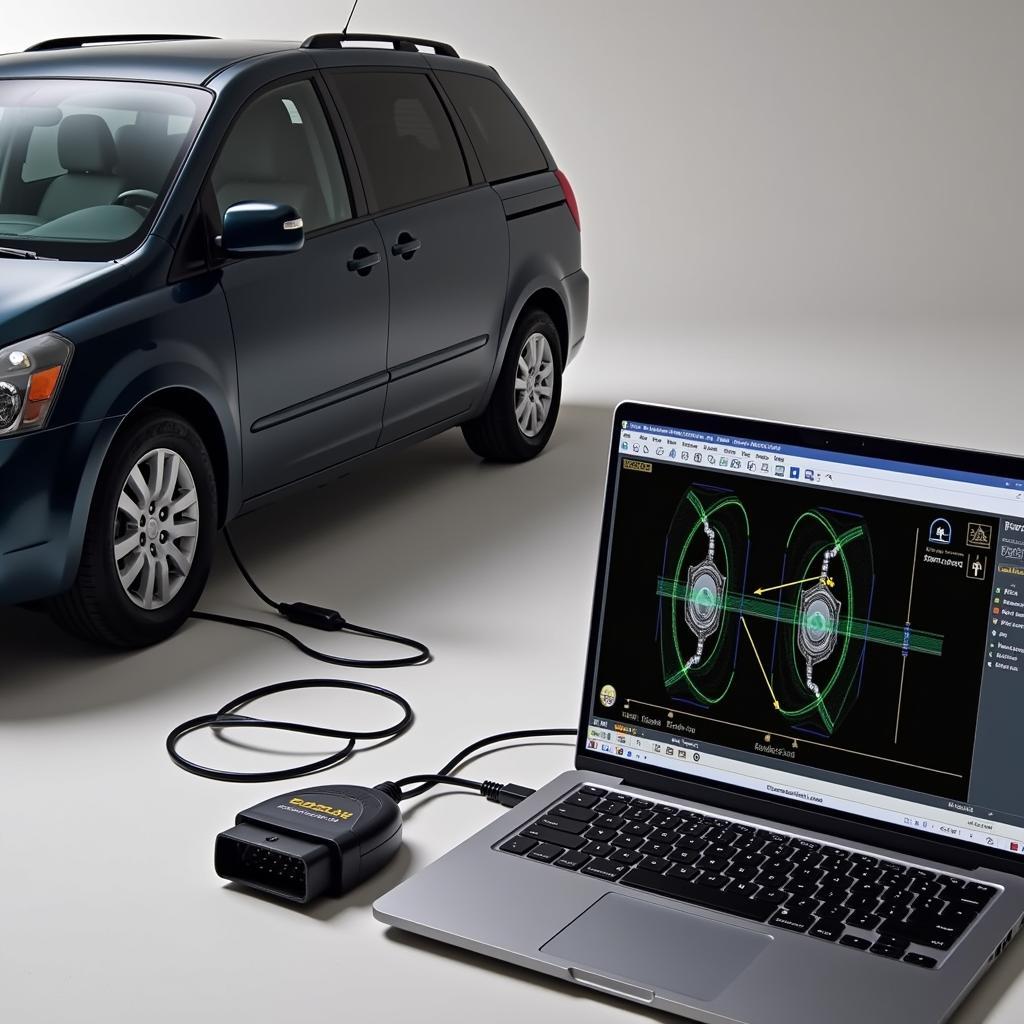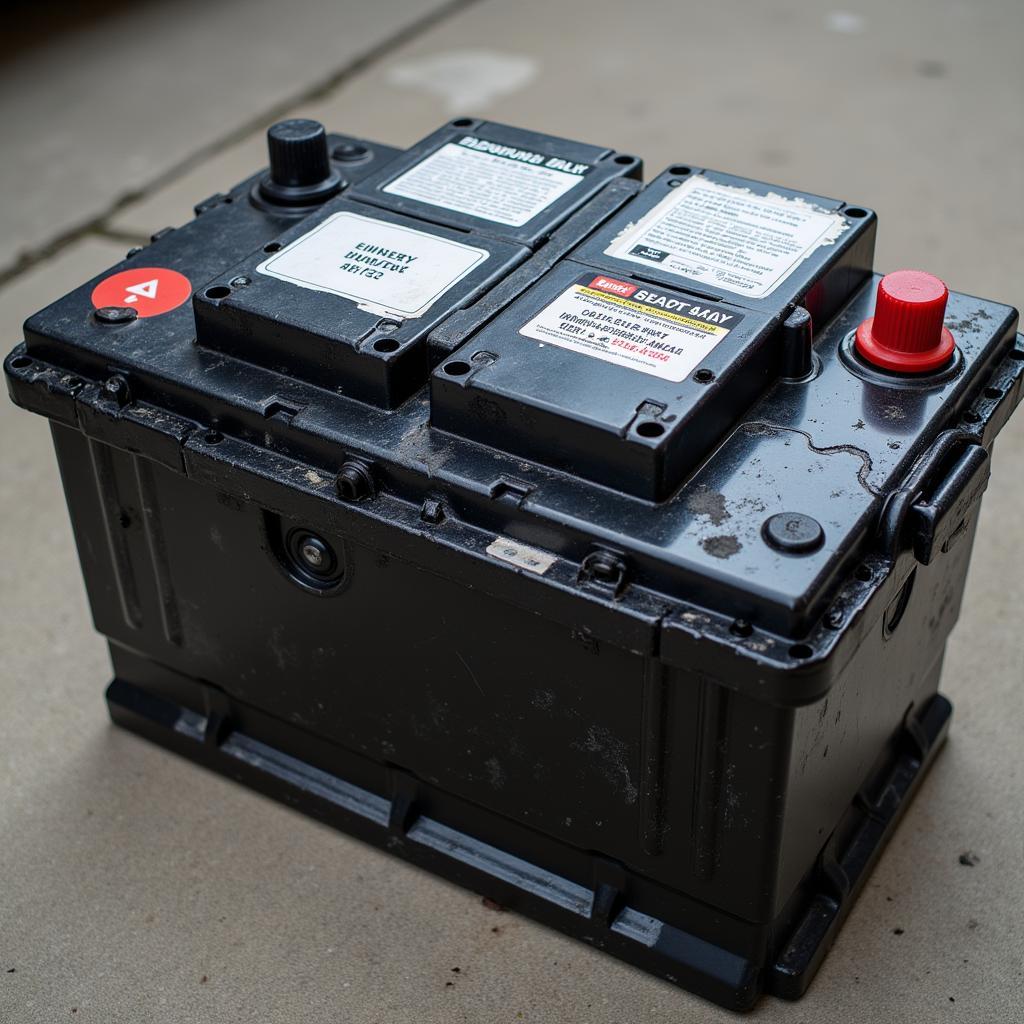Car batteries are the heart of your vehicle’s electrical system, providing the initial power needed to start the engine and power various electrical components. Understanding common car battery issues is crucial for every driver. From a slow crank to complete failure, battery problems can leave you stranded and frustrated. This comprehensive guide explores the most frequent car battery issues, their causes, and effective solutions, empowering you to diagnose and even fix some problems yourself.
Signs of a Failing Car Battery
Several telltale signs indicate your car battery might be on its last leg. Recognizing these symptoms early can save you from unexpected breakdowns and costly repairs.
- Slow Cranking: If your engine cranks slowly when you turn the key, it’s a primary indicator of a weak battery. The battery struggles to provide the necessary power to start the engine.
- Dim Headlights: Dim or flickering headlights, especially when the engine is idling, can point towards a failing battery. The battery struggles to maintain a consistent power supply.
- Clicking Sound When Starting: A rapid clicking sound when you turn the key usually indicates a low battery charge, not enough to engage the starter motor.
- Dashboard Warning Lights: Modern vehicles often display a battery warning light on the dashboard, signaling a potential problem with the charging system or the battery itself.
- Swollen Battery Case: Excessive heat can cause the battery case to swell or bulge. This is a serious issue and requires immediate attention as it could lead to leakage or even an explosion.
- Old Battery Age: Car batteries typically last between three to five years. If your battery is nearing or exceeding this lifespan, it’s wise to have it tested or consider a replacement.
Why Do Car Batteries Fail?
Understanding the underlying causes of battery failure can help you prevent future issues and prolong the life of your battery.
- Extreme Temperatures: Both extreme heat and cold can significantly impact battery performance and lifespan. Heat accelerates the chemical reactions within the battery, leading to faster degradation, while cold temperatures reduce the battery’s ability to hold a charge.
- Parasitic Drain: Even when the car is off, certain electrical components can draw small amounts of power, slowly draining the battery. This can be caused by faulty wiring, malfunctioning devices, or leaving interior lights on.
- Overcharging: A malfunctioning voltage regulator can lead to overcharging, which damages the battery’s internal components and shortens its lifespan.
- Corrosion: Corrosion on the battery terminals can disrupt the flow of electricity, leading to starting problems and other electrical issues.
- Short Trips: Frequent short trips don’t allow the alternator enough time to fully recharge the battery, leading to a gradual decline in its charge.
Troubleshooting Common Battery Issues
Before rushing to replace your battery, try some basic troubleshooting steps:
- Check the Terminals: Inspect the battery terminals for corrosion. Clean them with a wire brush and a mixture of baking soda and water.
- Test the Battery Voltage: Use a multimeter to test the battery voltage. A fully charged battery should read around 12.6 volts.
- Check the Alternator: A faulty alternator can prevent the battery from charging properly. Have it tested by a mechanic.
- Inspect for Parasitic Drains: Use a multimeter to check for any unusual current draw when the car is off.
“Regular battery maintenance, such as cleaning the terminals and checking the voltage, can significantly extend the lifespan of your battery and prevent unexpected failures,” advises John Smith, Senior Automotive Electrical Engineer at AutoTech Solutions.
Jump Starting a Dead Battery
Knowing how to jump-start a dead battery is a valuable skill for any driver. Here’s a step-by-step guide:
- Gather the Necessary Equipment: You’ll need jumper cables and another vehicle with a working battery.
- Position the Vehicles: Park the vehicles close enough for the cables to reach, but ensure they don’t touch.
- Connect the Cables: Connect the red cable to the positive (+) terminal of the dead battery, then to the positive (+) terminal of the good battery. Connect the black cable to the negative (-) terminal of the good battery, and then to a metal ground on the vehicle with the dead battery (avoid connecting directly to the negative terminal).
- Start the Working Vehicle: Let the working vehicle run for a few minutes to charge the dead battery.
- Start the Dead Vehicle: Attempt to start the vehicle with the dead battery.
- Disconnect the Cables: Once the dead vehicle starts, disconnect the cables in the reverse order of connection.
Conclusion
Common car battery issues can range from minor inconveniences to major breakdowns. By understanding the signs of a failing battery, the common causes, and basic troubleshooting steps, you can effectively address these issues and keep your vehicle running smoothly. Regular maintenance and timely replacement are key to avoiding unexpected battery failures. Don’t wait until you’re stranded on the side of the road; take proactive steps to ensure your car battery is always in top condition.
FAQ
- How long do car batteries typically last? Most car batteries last between three to five years.
- What causes a car battery to drain quickly? Potential causes include parasitic drains, extreme temperatures, old age, and a malfunctioning alternator.
- Can I jump-start my car with any type of jumper cables? Use jumper cables with sufficient gauge and length to handle the current.
- How do I know if my alternator is bad? Signs of a bad alternator include dim headlights, flickering dashboard lights, and a battery warning light.
- Is it safe to jump-start a car? Yes, jump-starting is generally safe if done correctly. Follow the proper procedure to avoid any risks.
- What should I do if my car battery keeps dying? Have your car checked by a mechanic to diagnose the underlying cause of the recurring issue.
- Can I replace a car battery myself? Yes, you can replace it yourself, but it’s essential to follow safety precautions and disconnect the terminals correctly.


